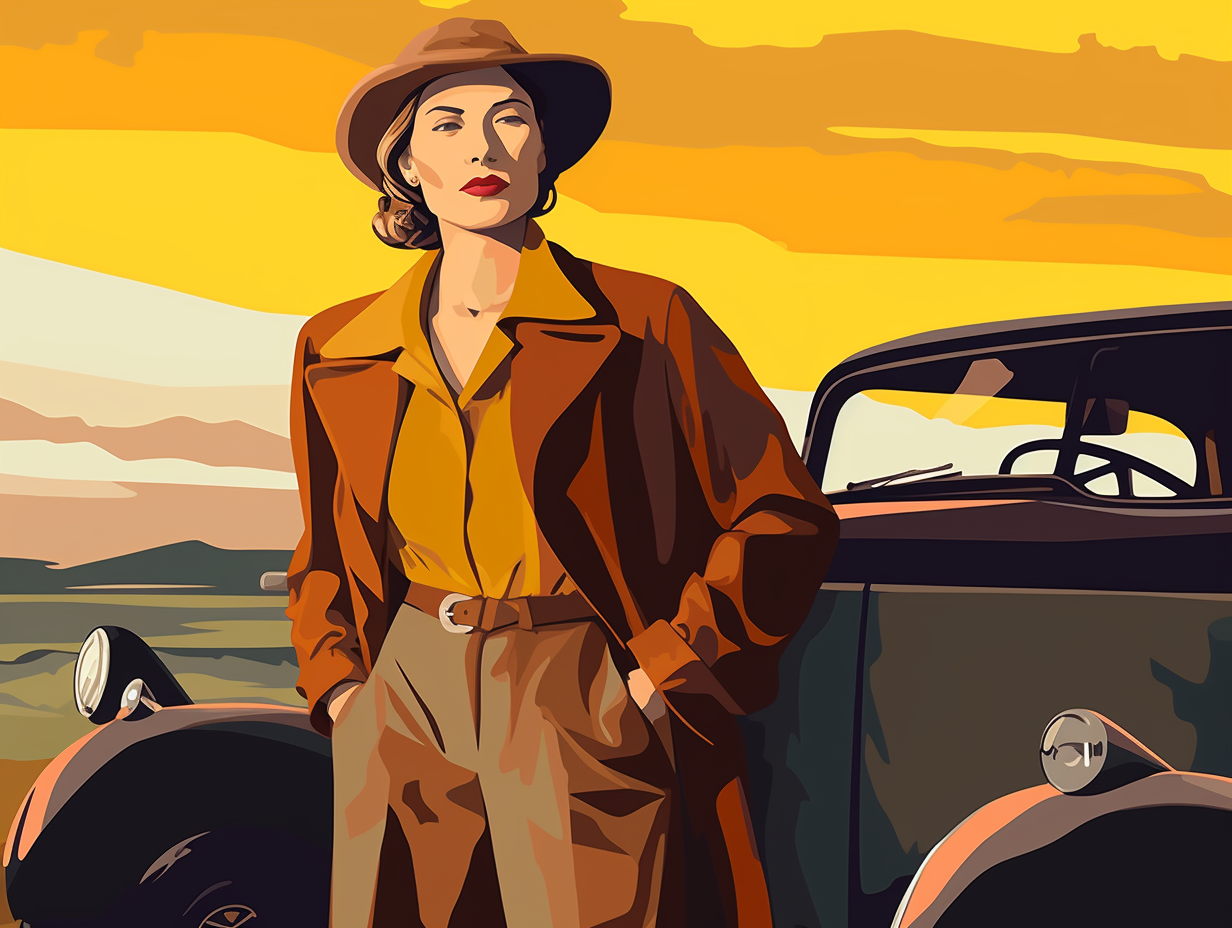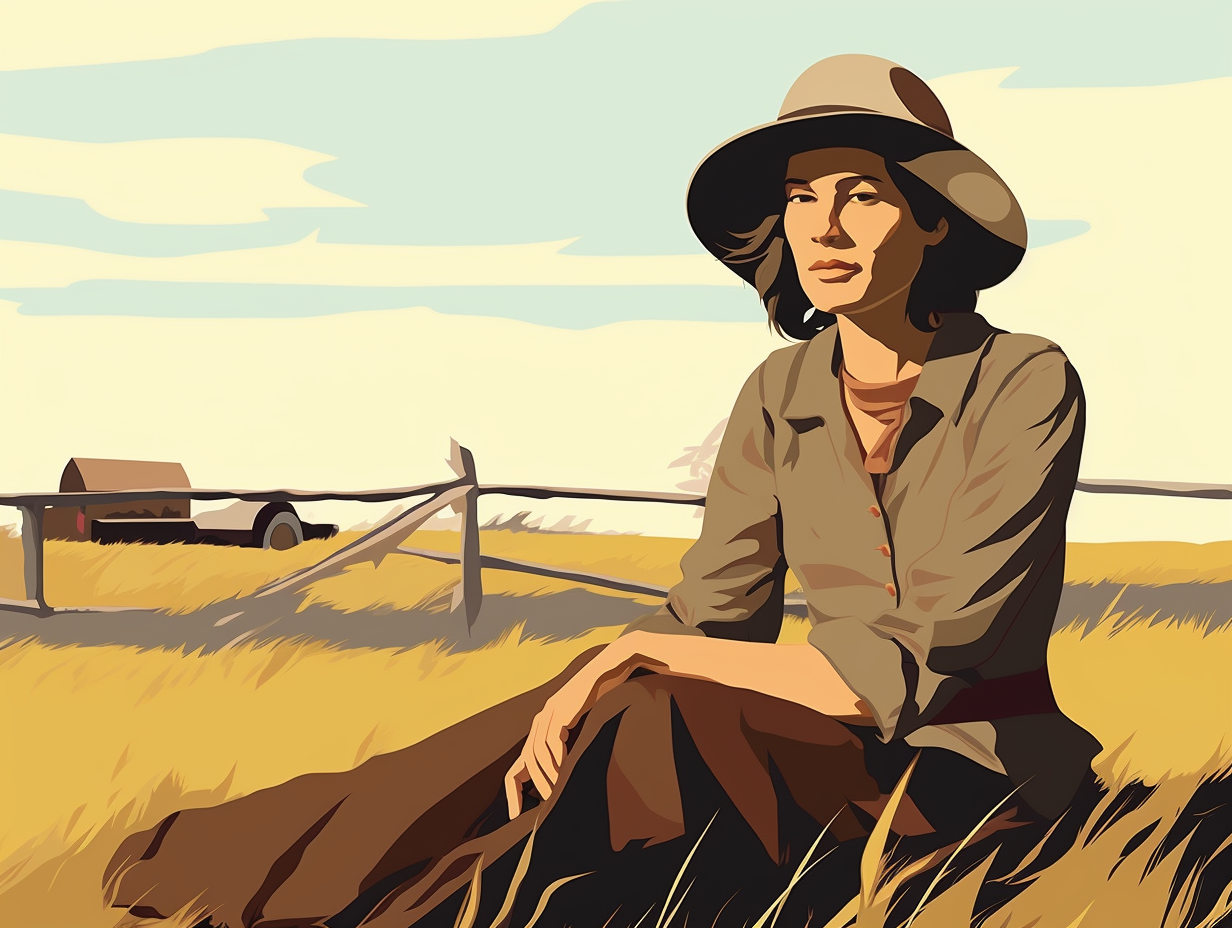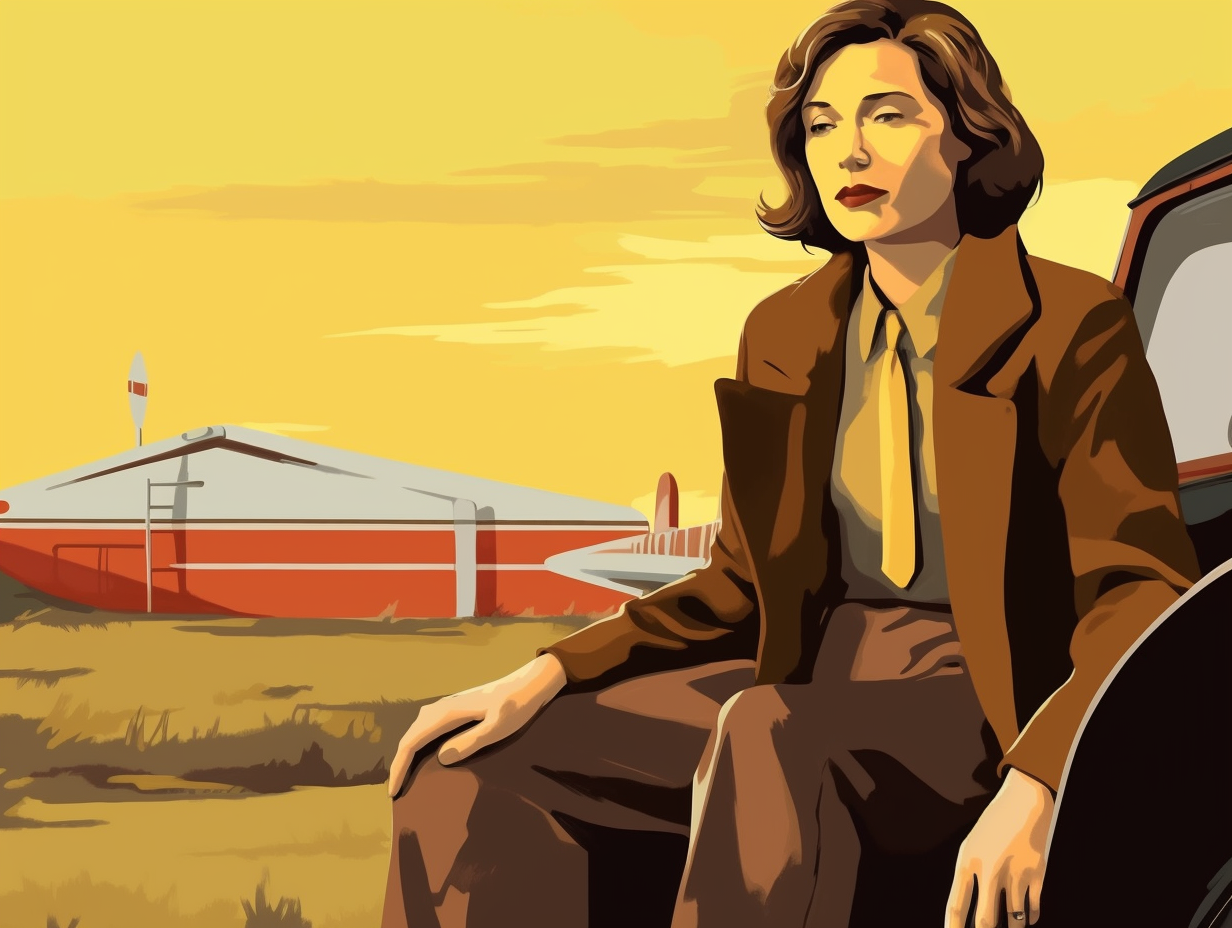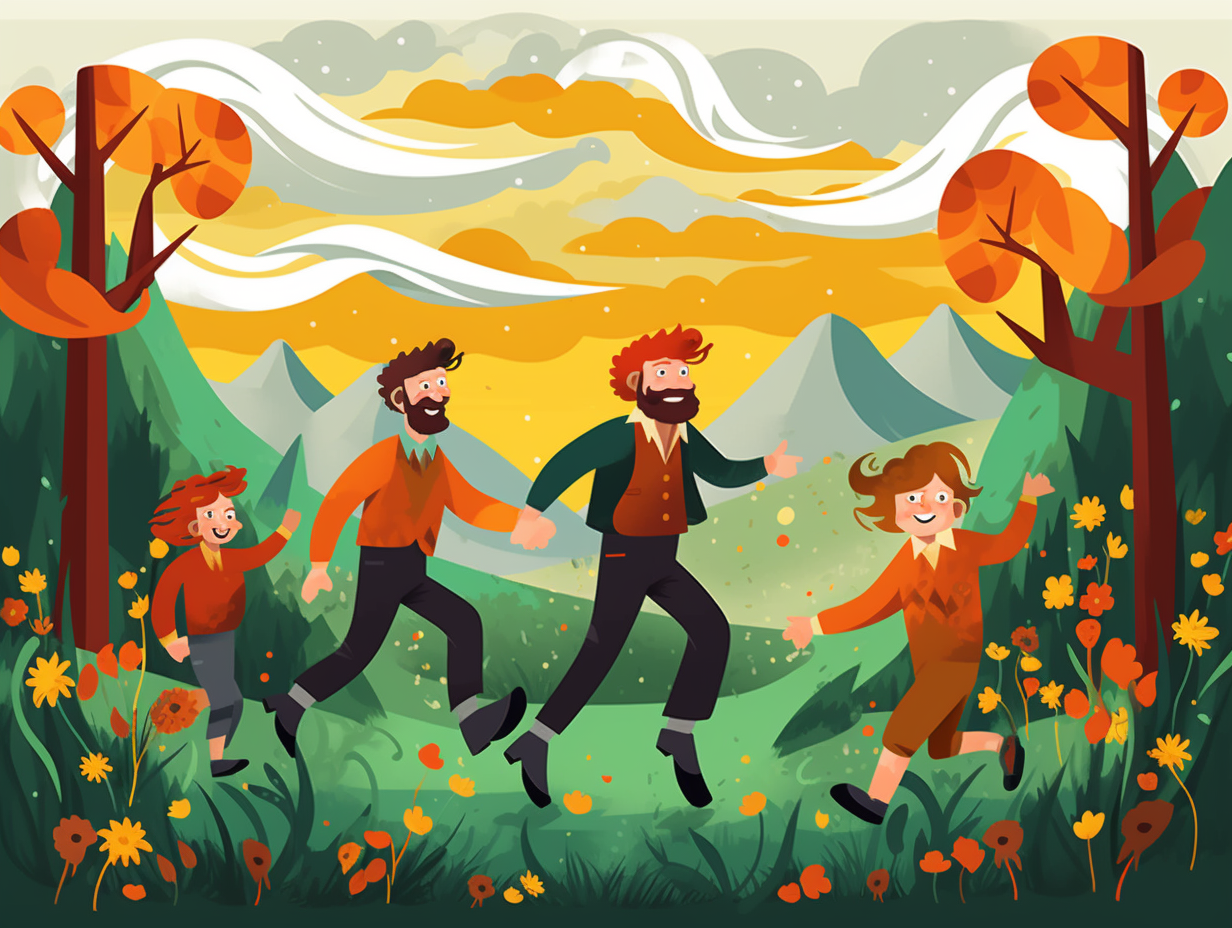Discover the Lens: Top 15 Captivating Fun Facts About Dorothea Lange You Never Knew

1. Not-So-Secret Snapshots
Hold on to your fedoras, folks: Dorothea Lange wasn't just a sneaky shutterbug during the dark days of the Great Depression and World War II! In fact: her riveting photos of Japanese American internment were never hidden away or forsaken, but belonged to the War Relocation Authority photo accession, now available for public perusal at the National Archives Still Pictures Branch and the National Archives Catalog. So, instead of scouring dusty attics for secret snapshots, simply swing by the archives and witness history firsthand!
Source => archives.gov
2. Lemonade-Turned-Photo Lab
You know the old saying, "When life gives you lemons, make lemonade?" Well, when life robbed Dorothea Lange of her money during her world travels, she whipped up a photo lab in a San Francisco drugstore: A stolen cash mishap led her to work at a photo counter before opening her own portrait studio, where she honed her skills and personal connections with subjects, setting the stage for her iconic documentary photography career. Talk about a picture-perfect turn of events!
Source => dorothealange.museumca.org

Did you know the first photographic portrait in the US was taken by Robert Cornelius in 1839? Discover how he revolutionized photography with his innovative techniques and made it possible to snap a pose in just 60 seconds! 📸🤳✨
=> Fun Facts about Photography
3. Misery's Friendly Side
They say misery loves company, but in Dorothea Lange's case, it seemed more like misery made company more comfortable: Her physical disability, a limp, and persistent hip pain, actually helped her as a photographer by making people feel more at ease in her presence, allowing her to capture truly authentic and intimate moments through her lens.
Source => wams.nyhistory.org
4. Peas and Pics
When life gives you peas, make a world-famous photograph: Dorothea Lange snapped the renowned "Migrant Mother" picture while documenting the conditions of Florence Owens Thompson and her children at a Californian pea-pickers' camp – but plot twist: Thompson later said they never actually spoke, and she didn't pawn her tires as Lange claimed. No matter the discrepancies, the moving image became a symbol of the Great Depression's hardships and helped to pioneer documentary photography as a tool for raising social awareness.
Source => moma.org

5. Snapping the Elite
Before she captured the hearts and hardships of the Dust Bowl generation, Dorothea Lange used her lens to click up snazzy portraits of the bourgeois elite, showing the good times before showcasing the dirty thirties: When her focus evolved from portraiture to documentary photography during the Great Depression, she became a pioneer in the field, capturing emblematic images of migrant farmers and rural struggle, becoming not only an artistic force but a significant advocate for social and political change.
Source => depts.washington.edu
6. No Fender Bender Love
Call it a car-tastrophe of fate: Dorothea Lange, the legendary photographer, began documenting the harsh realities of the Great Depression, and in the process, met her husband, Paul Taylor - who was not, as urban legends suggest, the result of a fender bender with destiny.
Source => npr.org
7. Flashbulb Censorship
Talk about picture-perfect censorship: Dorothea Lange's photographs of the Japanese American internment were so snapshot-sizzling that the US Army confiscated them, keeping them under lock and flashbulb until an incriminating 2006 book debut, Impounded: Dorothea Lange and the Censored Photographs of the Japanese American Internment!
Source => apjjf.org
8. Pre-Instagram Icon
Before there was Instagram, there was Dorothea Lange and her legendary "filters" that captured the essence of hard times: Her iconic photograph, "Migrant Mother," taken while working with the Farm Security Administration between 1935 and 1939, immortalized Florence Owens Thompson and her family as symbols of the struggles faced by migrant workers during the Great Depression and Dust Bowl era. The poignant image has since become one of the most famous snapshots in American history.
Source => icp.org
9. Heart-Bigger-Than-Great-Depression
Before she became the Ansel Adams of human struggle, Dorothea Lange was just a gal with a camera and a heart bigger than the Great Depression: Her riveting photos of migrant families not only documented their hardships but played a key role in garnering government support for reform and assistance, ultimately leading to the creation of the Farm Security Administration.
Source => rarehistoricalphotos.com

10. '70s Photo Revival
Talk about a "Lange" wait to develop! Who knew that Dorothea Lange's iconic snapshots of hard times could be as popular as an Instagram brunch photo (if only the internet had been around back then): It wasn't until the groovy 1970s that the world finally appreciated her powerful photos taken during the Great Depression, putting them center stage in major exhibitions and solidifying her place in the history of American photography.
Source => americaslibrary.gov
11. Agricultural Paparazzi
Say cheese and strap on your overalls! Dorothea Lange was the original shutterbug royale, snapping life left and right like there was no tomorrow: As a key staff photographer for the U.S. government's Farm Security Administration - Office of War Information Photograph Collection from 1935 to 1944, Lange documented everything from sharecroppers down South to migratory agricultural workers out West, accumulating an astounding 175,000 black-and-white film negatives, transparencies and 107,000 photographic prints along the way.
Source => loc.gov
12. Dust Bowl Clicktivism
Who knew that the dreaded Dust Bowl had its very own paparazzi? Dorothea Lange was giving "clicktivism" a whole new meaning way before social media even existed: Her powerful photographs brought the plight of migrants during the Great Depression to the public eye, partnering with the Farm Security Administration and leading to the creation of government assistance programs like the Resettlement Administration.
Source => dp.la
13. Photographic Library of History
If a picture is worth a thousand words, then Dorothea Lange's photos must be worth a library: Not only known for her iconic Great Depression images, Lange's four-decade career also includes suppressed WWII shots of interned Japanese-Americans and touching portraits revealing the peonage system involving African-American field hands, providing a visual feast of history that goes far beyond the 1930s.
Source => nytimes.com
14. Aperture: The OG Instagram
Before Instagram influencers and self-appointed photo gurus, there was a little magazine that could: Aperture was born! One of the co-founders was the brilliant Dorothea Lange, who envisioned it as a place where "photographers can talk straight to each other, discuss the problems that face photography as profession and art, share their experiences, comment on what goes on, describe the new potentials." Flash forward to today, and Aperture is still snapping away, featuring works by established and emerging photographers, as well as artists experimenting with photo-related media.
Source => en.wikipedia.org

15. Limping but Not Slumping
She may have limped, but she sure didn't slump: Dorothea Lange, famed photographer of the Great Depression and WWII Japanese-American internment, conquered hurdles set by polio in her youth to not only capture powerful visuals, but also champion social justice causes along the way.
Source => insider.com
Related Fun Facts




















